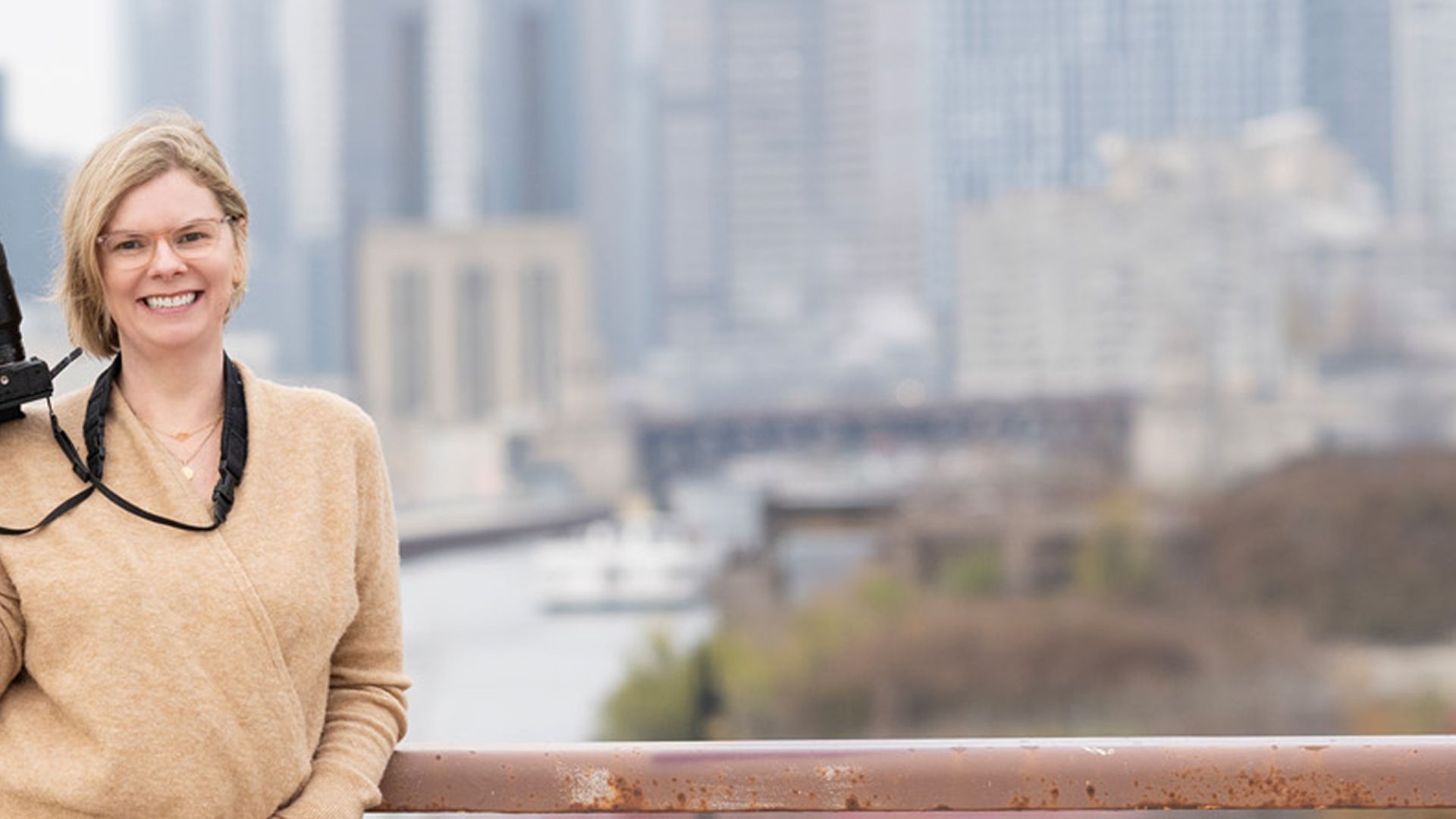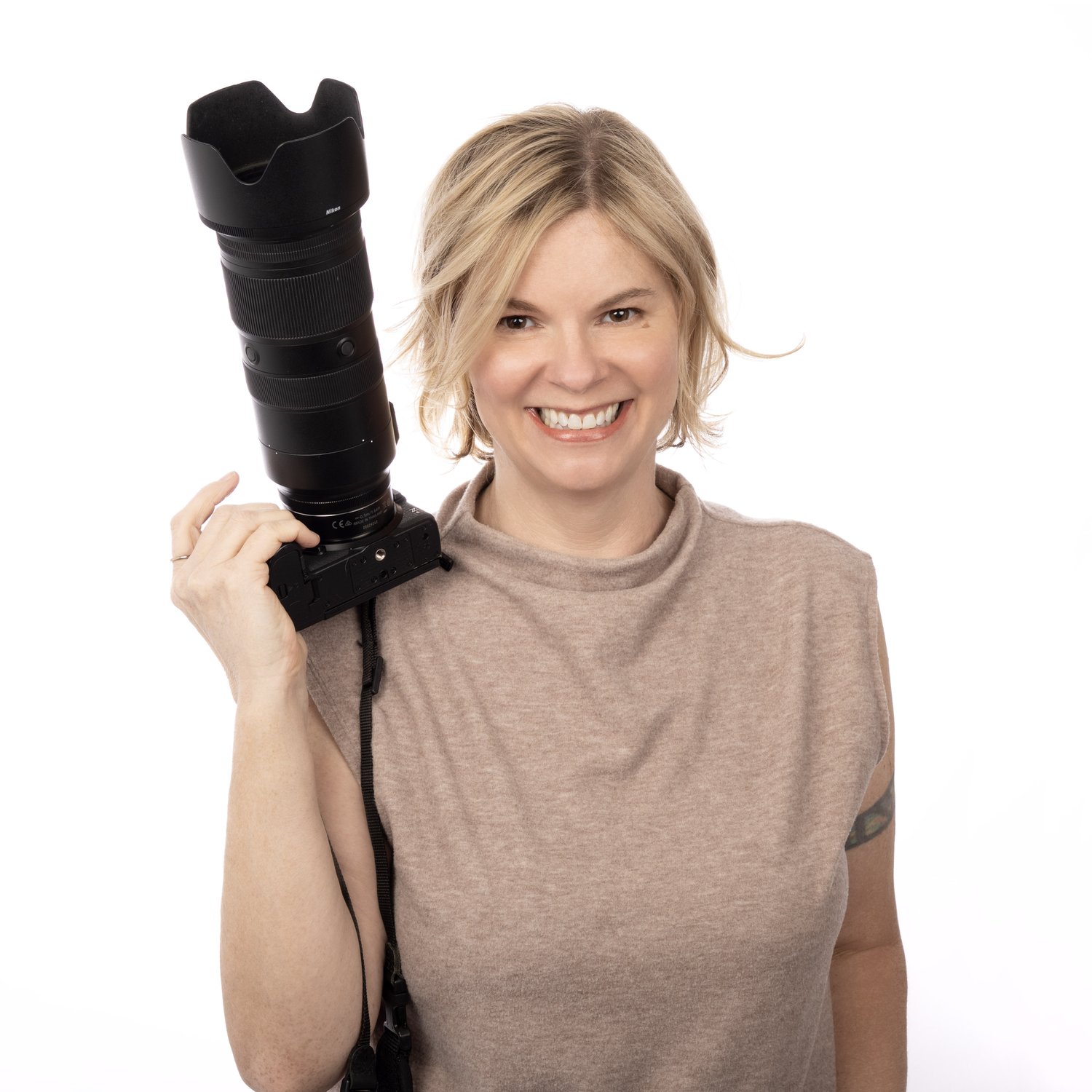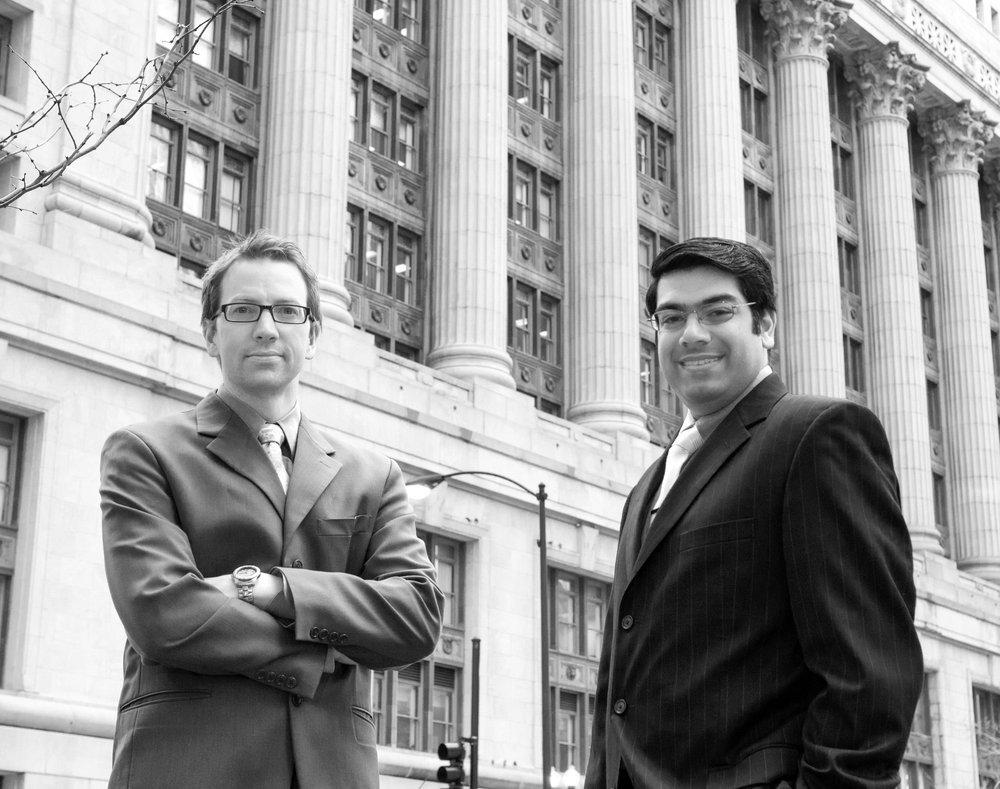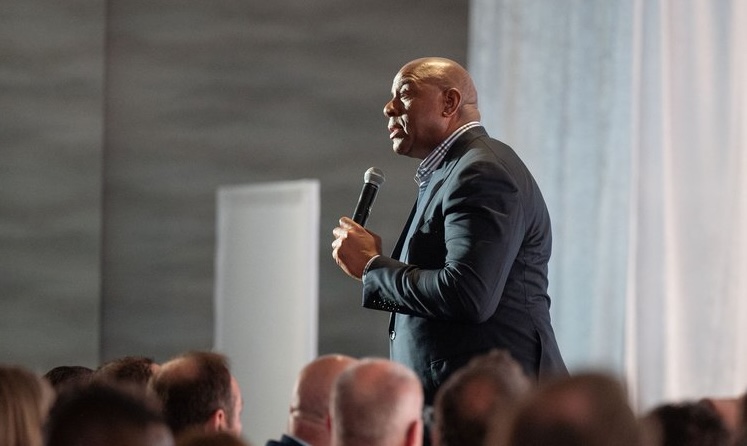
Photo Licensing Explained
Photo Licensing Explained
There is a standard pricing structure in commercial photography which usually consists of 1. A day rate, 2. Production costs (models, locations, assistants, etc), 3. Retouching fees, and 4. Photo licensing fees. Clients who aren't used to hiring commercial photographers are often confused by #4 (photo licensing fees). If someone’s previous experience is with wedding photography, they are surprised and confused that commercial photographers don’t turn over all of their images for the client to use where ever and however they chose. Unlike most wedding photographers, commercial photographers will curate and parcel out which final images will be used where and charge different rates accordingly.
Photo usage
The first difference between a corporate or commercial photographer and a wedding photographer is how the photos are used. A wedding photographer is hired by private parties to create images for those parties to be used for enjoyment and as custom art. Therefore the usage in this case is for personal use. A corporate/commercial photographer is hired by a company to create images to market a product or service and therefore those images are used to (hopefully) make the company money. Therefore the usage is marketing a brand.
How many “eyes” are on the photos
Another key difference between commercial vs wedding photography is to imagine how many “eyes” are on the final images. The images created by a wedding photographer have a limited amount of “eyes” seeing the photo…usually only friends and family. When a large brand uses a photographer’s image on their billboard, it could potentially be seen by hundreds of thousands of people. The more “eyes” on the photo, the more the photographer should charge. The pricing structure for filling a Fortune 500 brand’s website with the photographer’s photos should be higher than a headshot used for a small business’s Facebook ad.
Why do photographers charge a usage fee?
A good example of a usage fee is in software licensing. If you need to purchase Microsoft Office for your staff, you have to purchase licenses for each user. Microsoft could just give you the software for you to distribute freely to everyone in the office, but they wouldn't make any money that way. Photography is the same way. It’s only fair that the photographer gets compensated fairly for the proper usage of their artwork when their artwork is adding exponential value/money/profit to the brand. The more eyes on the photo, the bigger earning potential for the client, the more the photographer should charge. This license fee is an investment by the client in the earning potential made from the photographer’s time and skill.
A final note
I have been focusing on the difference in pricing between commercial and wedding photographers, but there is an important thing to note: Most wedding photographers don’t do separate line items in their pricing and instead do a lump-sum package. Wedding photographers are already building in pre-production, expenses, retouching costs, etc. and include that in their rate. Commercial photographers generally will send out an estimate with all of these line items separated out. Don’t let this different structure freak you out during the bidding process. I assure you that transparency benefits all parties involved.








